Sometimes, a game has a lot riding against it, and it has to go the extra mile to prove its excellence. The Last of Us Part 2 Remastered isn’t in the worst position pre-launch, although it has a steep hill ahead of it to prove why it should exist at all. Staying true to its history, Naughty Dog manages to not disappoint, and delivers a package filled with upgrades and a few surprises.
The studio didn’t have to try too hard to sway me in its direction regarding the game. The Last of Us Part 2 sits up there as one of my favorite games of all time, and around the announcement of the remaster, I was already easing into another playthrough, which I excitedly put on pause to cleanse my palette for this new offering.
Despite this, I could sense that my perception might not be the norm, and even its most ardent fans were asking worthwhile questions. Was this a sincere gaming product, or an advertisement for the upcoming HBO series? It’s hard to argue against the sentiment that this is far from a title that requires a remaster, for either technical or preservation reasons. Nevertheless, it manages to not only justify itself but also gives the most seasoned veterans something new to experience.
The Last of Us Part 2 Remastered (PS5 [reviewed])
Developer: Naughty Dog
Publisher: Sony Interactive Entertainment
Released: January 19, 2024
MSRP: $49.99 ($10 upgrade for owners of the PS4 title)
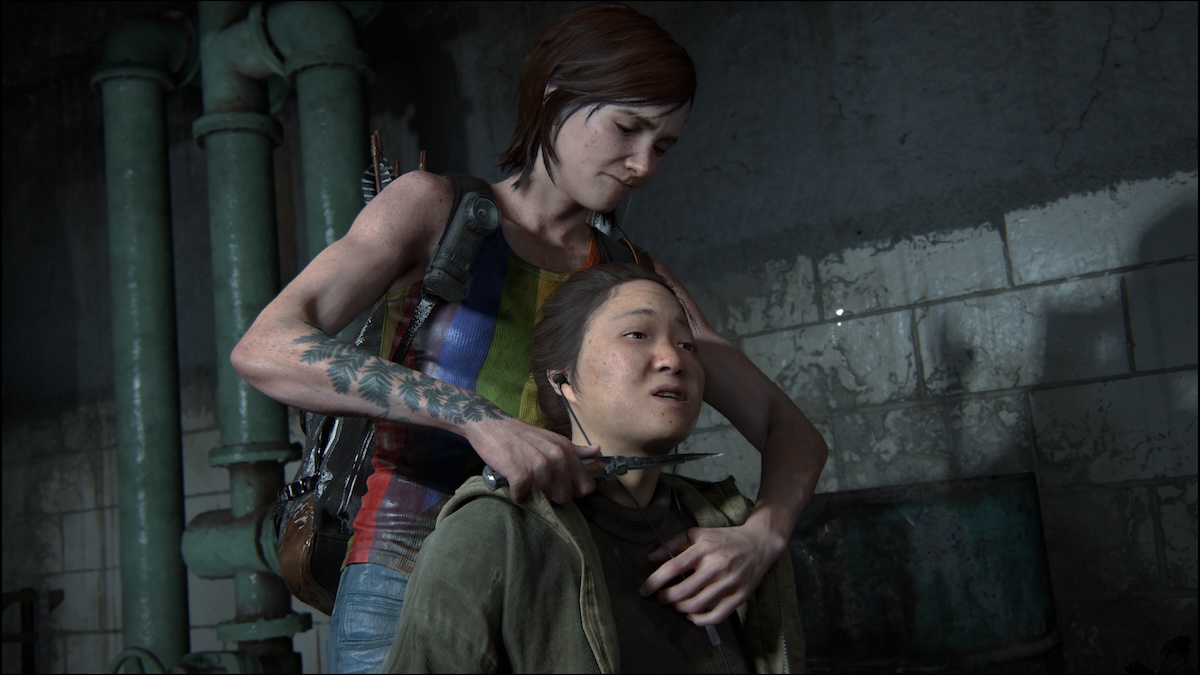
A tale of revenge and trauma
I’ve previously discussed the concept of trauma and its depiction in indie games, and how the personal element amplifies the impact of these experiences. The Last of Us Part 2 is a triple-A attempting to explore trauma, specifically that which is intertwined with love, hate, and regret. Despite the lack of the “reading a personal diary” effect of indies, the sequel manages to pack some weight behind its message.
Part of that punch comes from the coincidental state of world politics and, more specifically, the currently ongoing Israel-Hamas conflict. As game director Neil Druckmann has explained, growing up in Israel and witnessing the bloody relationship between Israel and Palestine. In his 20s, he saw footage of that violence, which triggered feelings of revenge followed by self-disgust. As the Washington Post explains, with TLOU P2, “he wanted to explore that emotional tumult on a didactic level.”
The conflict, along with its sociopolitical foundations, have been discussed and debated at length and continue to be. If you want to feel an artistic exploration of the underlying theory from a somewhat controversial but deeply human perspective I’d argue it’s hard to do better than The Last of Us Part 2.
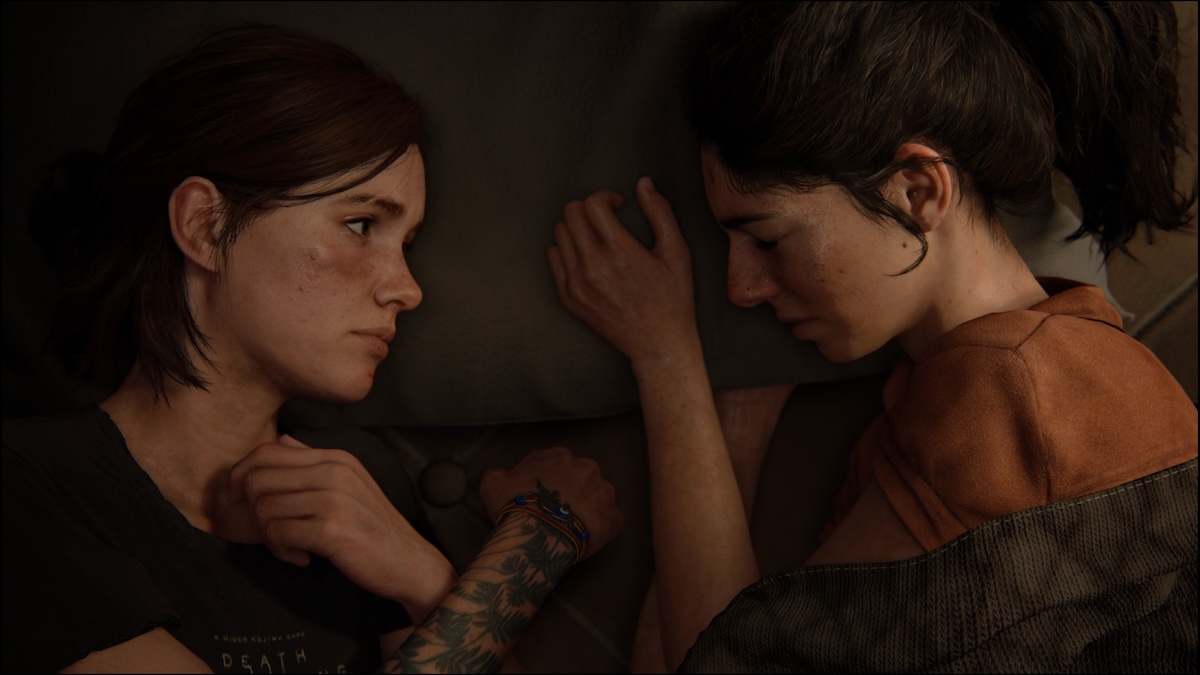
We’ve already got a review of the base game, so I’ll keep the story synopsis brief. It’s the sequel to The Last of Us, which follows the tale of Joel, a hardened weapons smuggler who depends on brutality to survive in a collapsed society where a pandemic has turned the masses into the Infected (they’re zombies).
He finds himself smuggling a different kind of cargo – Ellie. This young girl and her immunity may be the answer to humanity’s problems if she can just make it to the rebel group known as the Fireflies. During the journey, the bond between Joel and Ellie strengthens so much that he is unable to accept it when he discovers that she will have to die for the cure to be made. Driven by love and trauma, he rescues Ellie from the operating table and kills the only surgeon capable of performing the procedure, damning humanity in the process.
The sequel reveals that the pair have carved a relatively peaceful life for themselves in the Jackson community which stands together against the threat of the Infected. This peace is brought to a bloody end when a faction from faraway discovers Jackson and decides to enact their own idea of justice. The event leaves Ellie traumatized, and the pain drives her to go on a ruthless manhunt to ensure the crew faces retribution.
There’s nothing new about the motivations of the main characters – it is a behavior as old as human society. Wanting to “teach someone a lesson” being used as an explanation for malice is ubiquitous, even when dealing with daily grievances like road rage. Once you spot the pattern, it’s impossible not to immediately start questioning where righteous indignation ends and malevolence begins.
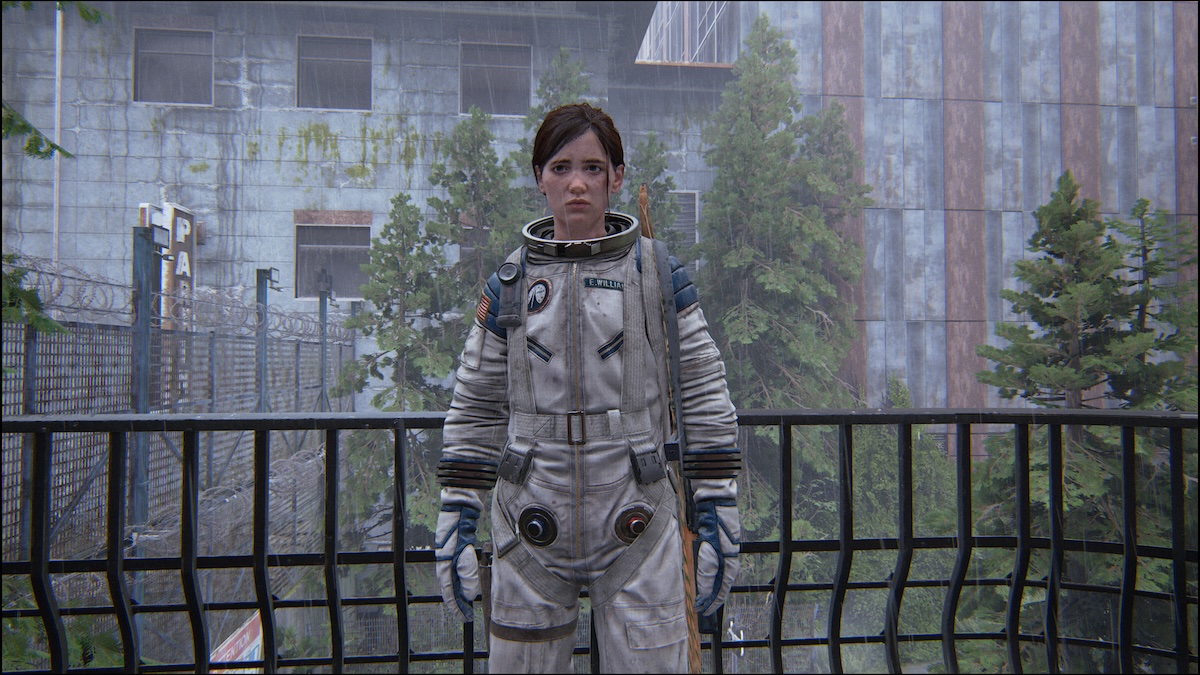
This isn’t a perfect story by any means. What annoys me most is how it feels like it’s constantly underestimating its audience, so it hammers you over the head with its themes just in case you didn’t get it the first time around. The “an eye for an eye” mentality gets quite literal at one point. There are always two sides to every story, so we’re shown a character named Abby, who appears villainous at first before we learn her origins. She also happens to collect coins. It all gets too much at times.
Speaking of Abby, the narrative makes a valiant attempt to have players sympathize with her in a relatively short space of time despite her introduction featuring an atrocity that likely infuriated anyone who had played the predecessor. It’s a tall task, and while I believe The Last of Us Part 2 manages it sufficiently, I wouldn’t shake my head at those who disagree.
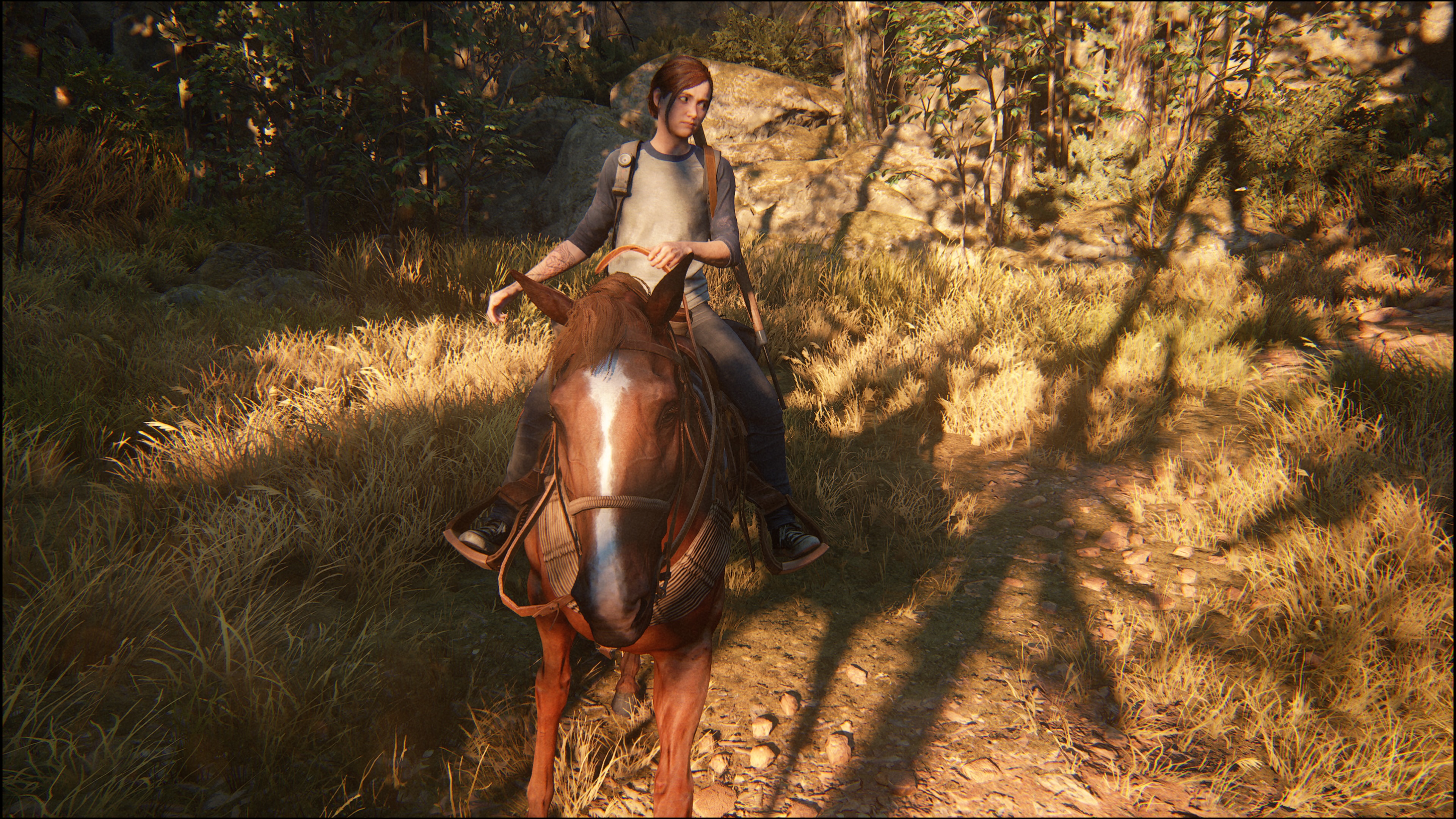
A gorgeous dystopia
The Last of Us Part 2 already looked next-gen on PS4, and the remaster manages to polish things in a way that won’t knock your socks off but can definitely be appreciated. You’re given two modes – Fidelity and Performance. On Performance mode, you’ll be able to play at 60FPS, though you’ll be dealing with visuals rendered in 1440p, and then upscaled to 4K. Fidelity offers native 4K, but it has an expensive entry price — 30 FPS gameplay.
It cannot be overstated how magnificent Fidelity mode looks. When it comes to console games, I can’t think of much else that looks this beautifully detailed and borderline photorealistic at some moments. There is a noticeable visual difference between this mode and its Performance counterpart.
What suits you will depend on your playstyle. If you’re playing on the higher difficulties (which I recommend), gameplay becomes an important factor, which makes Performance mode the preferred choice. Though Fidelity looks amazing, Performance still offers pure visual splendor. On the lower difficulties, for players who are more focused on the story than the tense ambushes, 30 FPS may be worth it for that native 4K beauty.
Much like the first game, audio plays a significant role in the overall experience. Gustavo Santaolalla’s special touches always come at the right moments to accentuate the most emotional moments. Once again, by sound alone, you can map out where your enemies are and what direction their footsteps are traveling in. If there’s been any improvement on this front, it wasn’t enough for me to notice it.
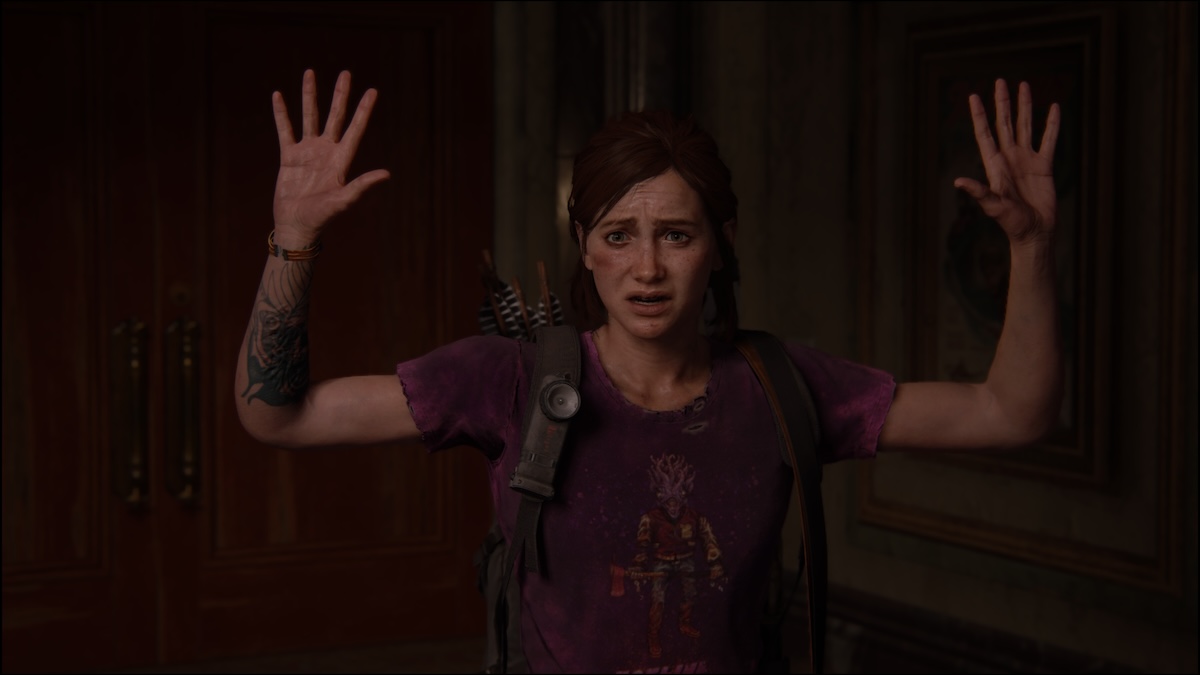
Endure and survive
The gameplay in the remake is a replica of the original. Interspersing the cinematic drama are moments of intense combat that drop you straight into survivalist post-apocalyptic scenarios. You get great freedom when it comes to how you want to tweak your difficulty, and you’re able to independently adjust aspects like enemy combat, companion combat, and stealth difficulty, to name a few.
There is certainly value to playing the game on the easier levels. Get a sequence done correctly the first time around, and it feels like your gameplay is straight out of an action movie. Nevertheless, there’s something a bit more thematically consistent when you crank things up to Survivor or Grounded.
Ellie is outnumbered and outgunned, usually packing nothing more than her blade, a brick, and maybe a single bullet in her rifle. There’s a tower teeming with WLF soldiers seeking her. She’s surely not going to overpower her opponents, so she has to rely on her brains and agility instead to get the best of her foes.
Some solutions come in the form of expert stealth to pick off your rivals. Other times, it’s a matter of trial and error until you find the route that’ll get you through the danger zone undetected. There are also those special scenarios where you can implement some creativity and have Infected and enemy factions at each other’s necks while you sneak off. Additionally, environments are more than just a backdrop – you can implement them in your strategies whether you’re hiding traps behind doors or waiting with a loaded shotgun under a truck.
There’s something really satisfying about worming your way through an area and snuffing all your pursuers out before they even know they’re being stalked, or engaging in high-speed action encounters where you evade your foes only for you to snipe them in the grass when they least expect it.
It takes everything at your disposal, some smart strategizing, and a little luck to survive these encounters when a single gunshot is usually enough to end your run. The lack of random resources also makes the world a little more realistic when you’re not finding shotgun ammo inside office building file cabinets.
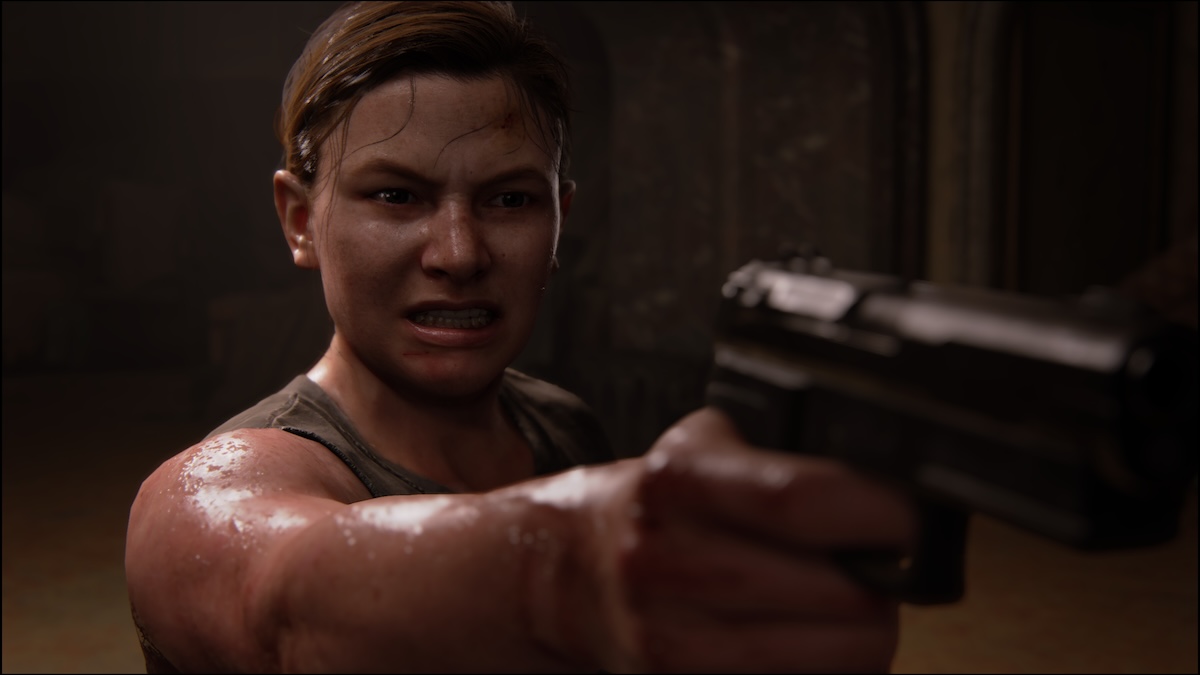
But it should be stressed that playing at this difficulty level is a matter of preference. To make things a little more bearable, fine-tune the settings by perhaps turning up the frequency of encountering resources and increasing Ellie’s durability. You’ll still get to enjoy enemies functioning at their smartest, but the dreaded one-shot kills won’t be a problem anymore.
There’s also been a roguelike mode titled No Return included, and it’s as feature-filled as it is exhilarating. You’re put through randomized levels where your objective is to remain alive regardless of what’s been thrown at you.
You can play as different characters, including folks like Dina and Tommy, who have unique abilities. Your base game upgrades don’t transfer, and you’ll have to work from scratch to get your pistols and other weapons back to an optimal level.
It doesn’t feel tacked on at all – it’s a fleshed-out experience worth investing your time in, and it’s also designed to give you a sense of progress as your hard work helps you unlock new characters and skins. In short, the game mode allows you to experience the best of what the sequel’s combat has to offer, and if gameplay is what draws you to this franchise, the roguelike mode is probably the best gift to receive in lieu of the canceled multiplayer mode.

For the fans
For players who fell in love with the PS4 game, a shot to replay it won’t be declined quickly. But the remaster comes packed with content to ensure the experience is worthwhile. One of my favorite features is the director’s commentary, which genuinely expanded my view of TLOU P2’s world and Naughty Dog’s artistic vision. I’d highly advise you to turn it on if you’ve watched all the cinematics a couple of times already.
It isn’t overused, so you won’t be dealing with chattering in your ear the whole time. But when it does kick in, you’re seldom left without learning something new, even if it’s something minor like discovering that freeing the zebra in one of Abby’s flashbacks was originally designed as a mini-game. It also directed my attention to characters like Jesse, who I’d originally overlooked but now have a greater appreciation for the crucial role he plays in the overall narrative.
As has been advertised, one of the bonus features allows you to play the guitar as Gustavo, Ellie, or Joel. You can switch between the regular instrument, or you can switch it out for something else, including a banjo. There’s no getting around the fact that it’s gimmicky, but it is nonetheless a calming addition that I can imagine a music lover enjoying when they need a break from the gritty action of the main game.
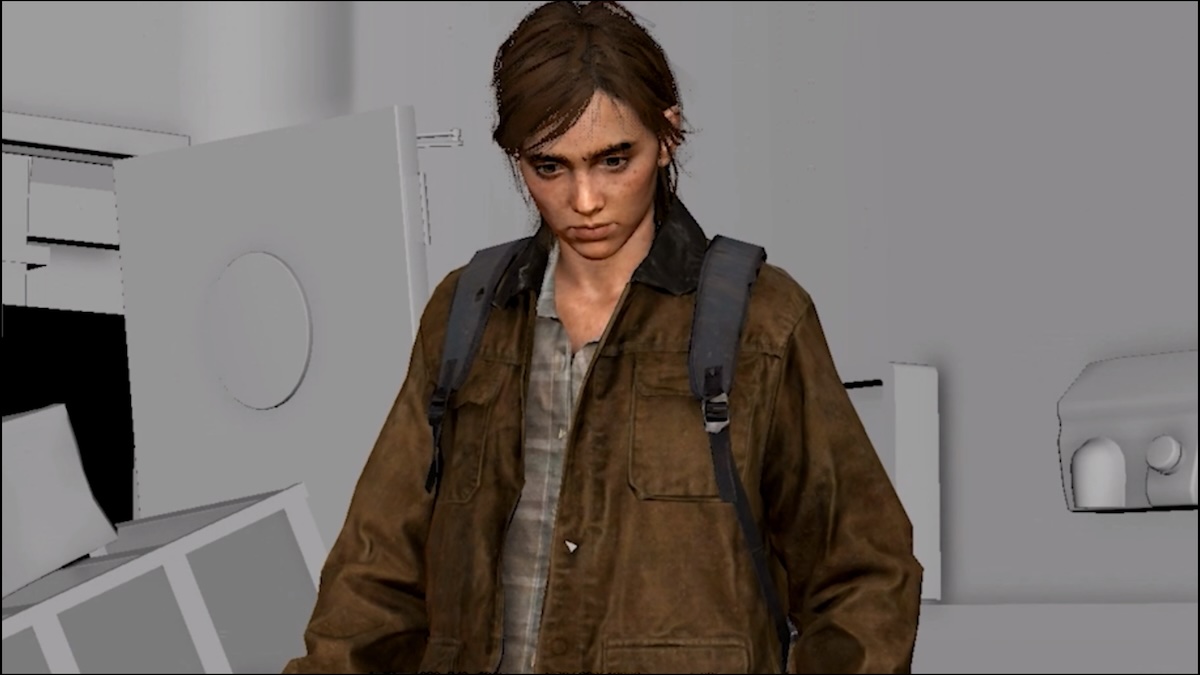
Perhaps the largest draw for some players will be the inclusion of three lost levels. These are encounters that were conceptualized and developed to some degree, but were still months away from completion before it was decided they would be cut. Each lost level is introduced by Druckmann, who gives some context regarding the scene and why it isn’t in the final game.
The lost levels are one of the most interesting ways a studio has provided insight into a game’s development. As you play these clearly unfinished levels, you pass points where you can trigger developer commentary to discover more about what Naughty Dog was considering as the encounters were being developed, and some of the challenges faced.
They also provide a peek into just how difficult to wrangle a game with a story of this magnitude. Ultimately, I’m glad these lost levels were axed, as they would have subtracted more than they added to TLOU P2. Nonetheless, discovering just how far developers were willing to go to achieve lofty goals like making Jackson feel immersive or highlighting Ellie’s trauma does trigger greater appreciation for the final product.
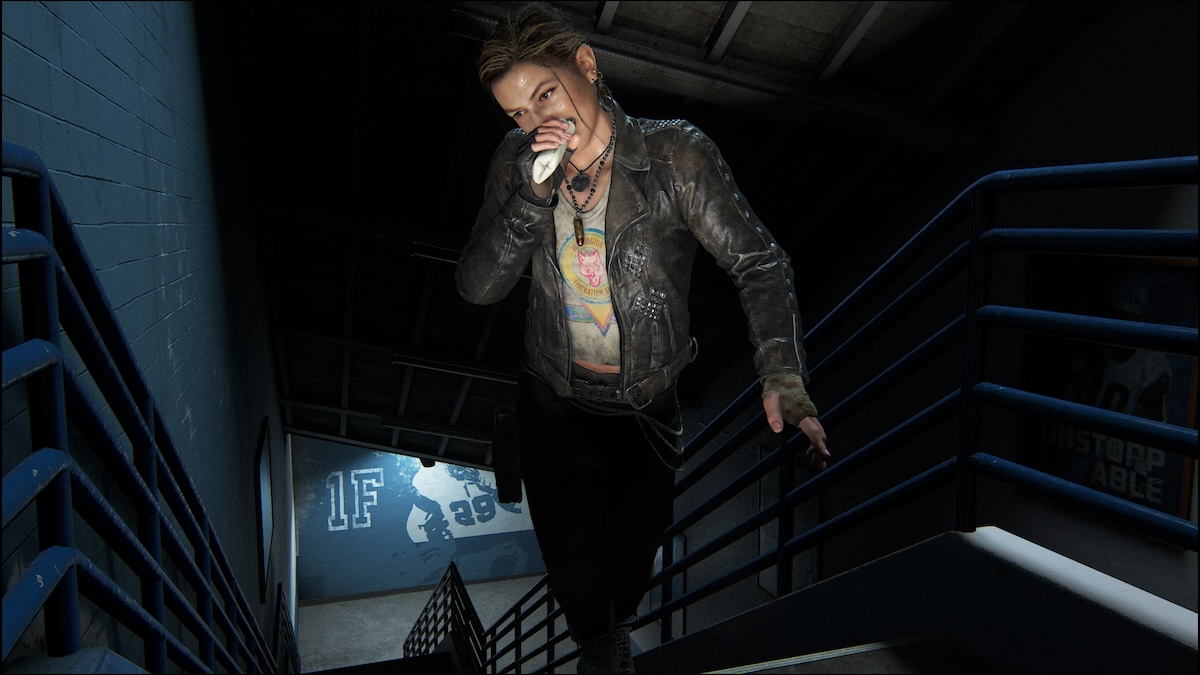
How polished can a diamond get?
The Last of Us Part 2 Remastered is a tricky one to assess. It should be obvious at this point that I consider it one of, if not the, best offering from a Sony first-party studio in gaming’s eighth generation. Despite this, it’s not lost on me that this is a remaster of a 2020 game that already has an impressive PS5 upgrade patch.
From a tech standpoint, you’re not getting anything considerably better than the PS4 version with an upgrade patch. For most, I’d wager the biggest easily discernible difference players will find when they play the base game is the use of the adaptive trigger for weapons. It’s not transformative, but it’s nice.
This alone wouldn’t justify a remaster, but that’s not all Naughty Dog is offering. You’re getting a new game mode, but it’s nevertheless capable of adding hours to your gameplay provided you’re into that kind of thing.
Some additions will probably only appeal to the more hardcore fans, including the ability to play instruments as Gustavo Santaolalla and friends, as well as the chance to explore the lost levels. New skins make an appearance, and yes, this matters significantly to me. I like playing as Ellie in a spacesuit.
This is the most polished version of Naughty Dog’s vision, and it’s chocked full of content illustrating passion for the craft and a deep appreciation for the fans. If you already own the game and had fun with it the first time around, $10 is a reasonable entry price for a package that expands the ways you can enjoy TLOU P2.
Never played the game before? Well, I don’t think it’s worth piling on any more praise, except to say this is about as good as it gets when it comes to Sony’s cinematic over-the-shoulder third-person action-adventure experience.














Published: Jan 16, 2024 09:01 am